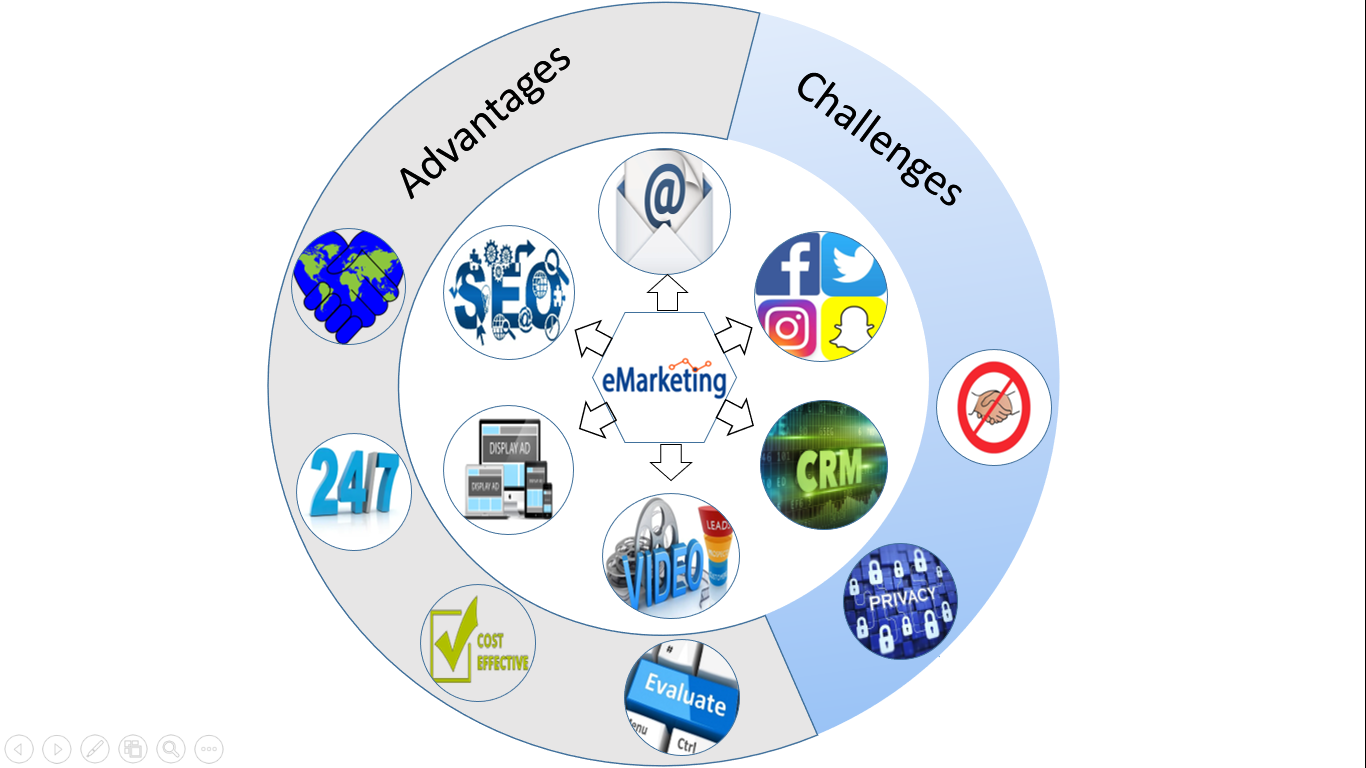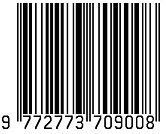E-marketing Tools for Food Businesses Amidst Covid-19 Pandemic: Advantages and Challenges
DOI:
https://doi.org/10.31357/ait.v2i3.5663Keywords:
advantages, challenges, covid-19, e-marketing, food businessesAbstract
Many businesses are interested in searching for the latest technologies to secure the tie with existing customers and to prevent potential customers from abandoning their businesses during the COVID-19 pandemic. The food industry is one of them. Therefore, this review article is an attempt to identify various e-marketing tools adopted in the business world in the pre-covid era and to underpin their applicability in the food industry in the covid era by highlighting the advantages and challenges of their adoption. Research articles, conference proceedings, book chapters, theses, and dissertations regarding the topic of applications of e-marketing published from 2000 to 2019 available in the google scholar database, were considered in the review. The final search of the literature was carried out in February 2020. The study reveals that the benefits of applying e-marketing tools in food businesses could compensate for the pitfalls of adopting them. Authors suggest that the ability to compare prices of similar products from different sellers as the most promising benefit of e-marketing, from the customer perspective. Similarly, the cost-effectiveness experienced by food suppliers compared to traditional marketing, makes the e-marketing concept attractive, for food businesses. This work discovers the ability and the inclination of people to launch, manage and organize business ventures with e-marketing approaches in the present as well as the future world.

Downloads
Published
How to Cite
License
Copyright (c) 2022 Piyumi Wanniarachchi, Supun Rajakaruna

This work is licensed under a Creative Commons Attribution-NonCommercial-NoDerivatives 4.0 International License.
The Authors hold the copyright of their manuscripts, and all articles are circulated under the terms of the Creative Commons Attribution License, which permits unrestricted use, distribution, and reproduction in any medium, as long as that the original work is properly cited.
The use of general descriptive names, trade names, trademarks, and so forth in this publication, even if not specifically identified, does not imply that these names are not protected by the relevant laws and regulations. The authors are responsible for securing any permissions needed for the reuse of copyrighted materials included in the manuscript.




